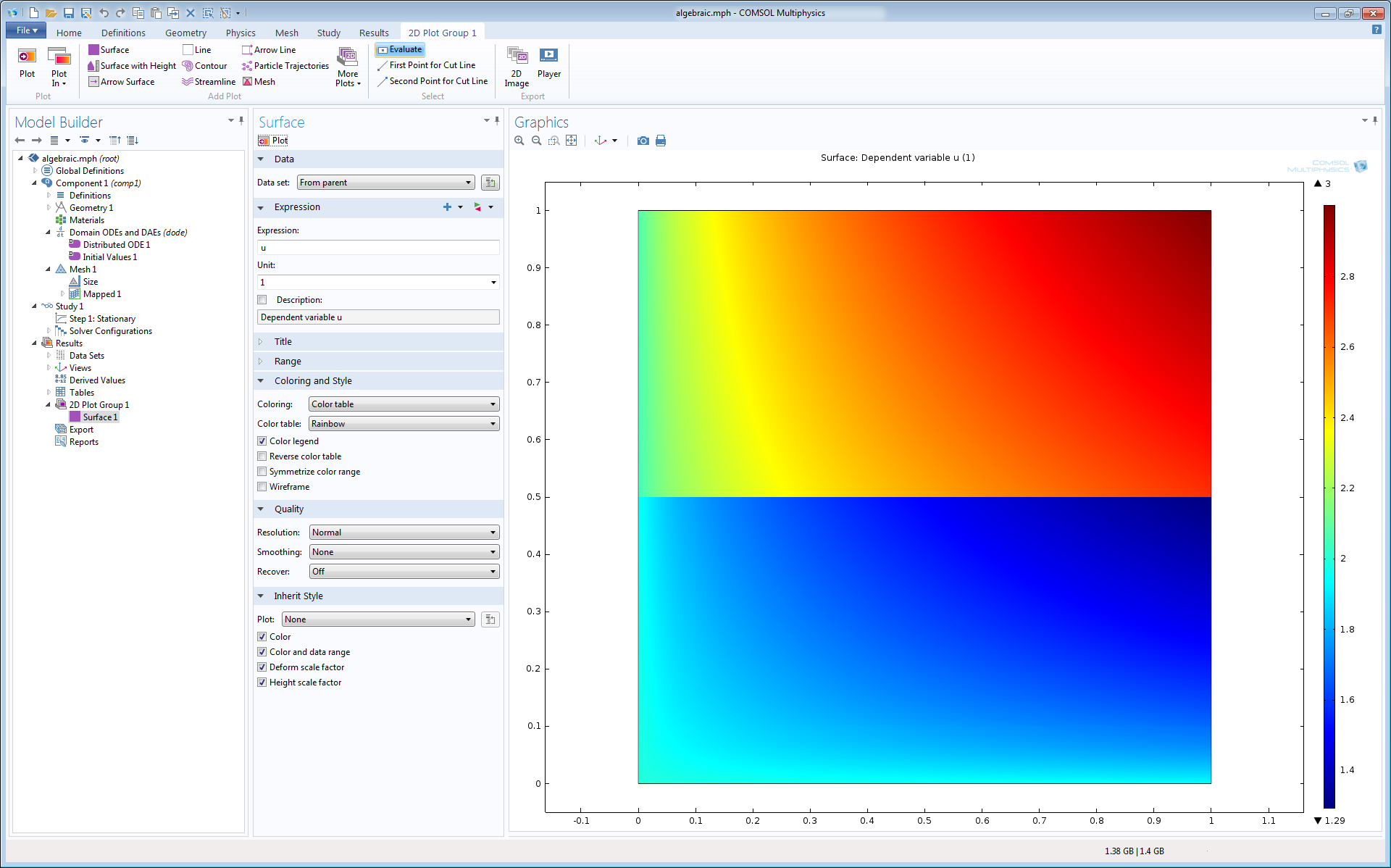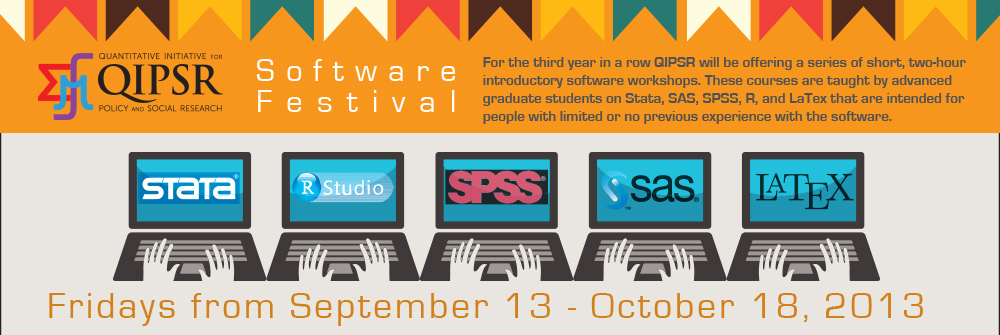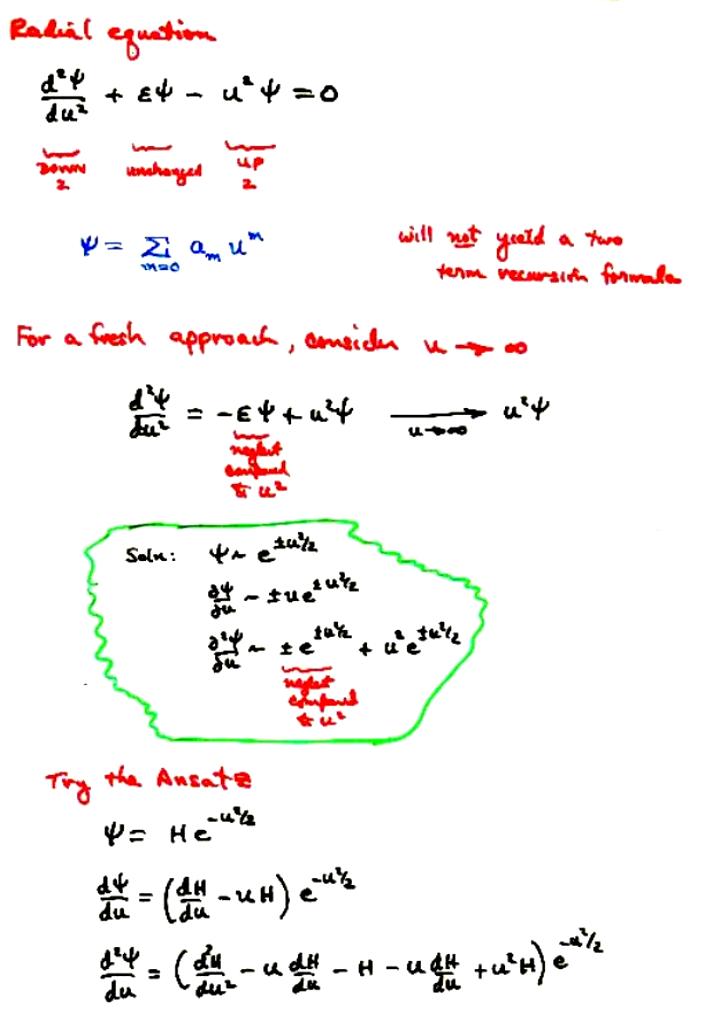-
Gallery of Images:

-
Computational Optimization of Systems Governed by Partial Differential Equations offers readers a combined treatment of PDEconstrained optimization and uncertainties and an extensive discussion of multigrid optimization. It provides a bridge between continuous optimization and PDE modeling and focuses on the numerical solution of the. Over the second half of the 20th century the subject area loosely referred to as numerical analysis of partial differential equations (PDEs) has undergone unprecedented development. At its practical end, the vigorous growth and steady diversification of the field were stimulated by the demand for accurate and reliable tools for computational. A common feature of mathematical models in physics, geology, astrophysics, mechanics, geophysics, as weH as in most engineering disciplines, is the ap pearance of. This textbook introduces several major numerical methods for solving various partial differential equations (PDEs) in science and engineering, including elliptic, parabolic, and hyperbolic equations. A common feature of mathematical models in physics, geology, astrophysics, mechanics, geophysics, as weH as in most engineering disciplines, is the ap pearance of. The major difficulty when developing programs for numerical solution of partial differential equations is to debug and verify the implementation. This requires an interplay between understanding the mathematical model, the in volved numerics, and the programming tools. LECTURES on COMPUTATIONAL NUMERICAL ANALYSIS of PARTIAL DIFFERENTIAL EQUATIONS J. McDonough Departments of Mechanical Engineering and Mathematics COMPUTATIONAL PHYSICS 430 PARTIAL DIFFERENTIAL EQUATIONS Ross L. Spencer N271 ESC ross spencer@byu. edu Department of Physics and Astronomy DOWNLOAD COMPUTATIONAL PARTIAL DIFFERENTIAL EQUATIONS computational partial differential equations pdf Introduction. Partial differential equations (PDEs) are equations that involve rates of change with respect to continuous variables. The position of a rigid body is. Partial Differential Equations TensorFlow isn't just for machine learning. Here we give a (somewhat pedestrian) example of using TensorFlow for simulating the behavior of a partial differential equation. We'll simulate the surface of square pond as a few raindrops land on it. The study of partial differential equations (PDEs) is a fundamental area of mathematics which links important strands of pure mathematics to applied and computational mathematics. This is the second edition of a popular tutorial on the numerical solution of partial differential equations (PDEs). has over 150 exercises and a comparable number of workedout examples together with computational code. Computational Physics Lectures: Ordinary differential equations. Morten HjorthJensen [1, 2 If we have more than one variable, we need to solve partial differential equations, see Chapter 10; The material on differential equations is covered by chapters 8, 9 and 10. Two of the final projects deal with ordinary differential equations. This textbook introduces several major numerical methods for solving various partial differential equations (PDEs) in science and engineering, including elliptic, parabolic, and hyperbolic equations. It covers traditional techniques that include the classic finite difference method and the finite. Computational Partial Differential Equations: Numerical Methods and Diffpack Programming, Edition 2 Ebook written by Hans P. Read this book using Google Play Books app on your PC, android, iOS devices. Download for offline reading, highlight, bookmark or take notes while you read Computational Partial Differential Equations: Numerical Methods and Diffpack Programming, Edition 2. In mathematics, a partial differential equation (PDE) is a differential equation that contains beforehand unknown multivariable functions and their partial derivatives. PDEs are used to formulate problems involving functions of several variables, and are either solved by hand, or used to create a computer model. A special case is ordinary differential equations (ODEs), which deal with functions. viii Preface computational techniques on other courses subsequently realize the scope of partial dierential equations beyond paper and pencil. This is the second edition of a popular tutorial on the numerical solution of partial differential equations (PDEs). has over 150 exercises and a comparable number of workedout examples together with computational code. In this lecture, we give a basic introduction to partial differential equations and their classification. Then we discuss elliptic equation. We derive the Laplace equation and describe the. Extra resources for Computational Partial Differential Equations: Numerical Methods and Diffpack Programming Sample text 5: Using Visual C, each project can be compiled in at least two different modes, Release and Debug. Written for students in computational science and engineering, this book introduces several numerical methods for solving various partial differential equations. The text covers traditional techniques, such as the classic finite difference method and the finite element method, as well as stateof. This workshop will survey novel discretization techniques in numerical partial differential equations that address the computational challenges posed by higher dimensions, higher orders, complex spaces, complex geometries, nonlinearities and multiscales. in Buy Computational Partial Differential Equations Using MATLAB (Chapman HallCRC Applied Mathematics Nonlinear Science) book online at best prices in India on Amazon. Read Computational Partial Differential Equations Using MATLAB (Chapman HallCRC Applied Mathematics Nonlinear Science) book reviews author details and more at Amazon. This introduction to partial differential equations is designed for upper level undergraduates in mathematics. The writing is lively, the authors make appealing use of computational examples and visualization, and they are very successful at conveying and integrating physical intuition. Variational and Viscosity Methods in Partial Differential Equations, April 17 20, 2002. SIAM Conference on Mathematical and Computational Issues in the Geosciences March 17 20, 2003. PDE Links Scientists and technicians know very well that any physical process can be analyzed by mathematical models, which are very often based on partial differential equations. Karel in t Hout is Associate Professor in the Department of Mathematics and Computer Science at University of Antwerp, specializing in the analysis and development of numerical methods for timedependent partial differential equations with applications to finance. Computational Partial Differential Equations A core activity in Applied Mathematics is the development of novel numerical and computational methods. Research in this area ranges from the theoretical analysis of numerical methods for surface representation or the solution of differential equations, to the development and practical application of. partial differential equations! a solution is determined by an ordinary differential equation? Based on the authors' own courses, the text only requires some knowledge of computer programming, advanced calculus, and difference equations. It includes practical examples, exercises, references, and problems, along with a solutions manual for qualifying instructors. Computational Differential Equations K. Johnson February 23, 2009 variables techniques for partial dierential equations like the Poisson equation equations, nuclear engineering around the transport equation, and so on. Each Numerical Methods for Partial Differential Equations: Finite Difference and Finite Volume Methods focuses on two popular deterministic methods for solving partial differential equations (PDEs), namely finite difference and finite volume methods. The solution of PDEs can be very challenging, depending on the type of equation, the number of. The major difficulty when developing programs for numerical solution of partial differential equations is to debug and verify the implementation. This requires an interplay between understanding the mathematical model, the in volved numerics, and the programming tools. Computational Fluid Dynamics Video course Classification of Partial Differential Equations and Physical Behaviour: Mathematical classification of Partial Differential Equation. Illustrative examples of elliptic. Fluid (gas and liquid) flows are governed by partial differential equations (PDE) which represent conservation laws for the mass, momentum, and energy. Computational Fluid Dynamics (CFD) is the art of replacing such PDE systems by a set of algebraic equations which can. given by the Maxwell equations, which admirably describe the field, or Einsteins equations in Relativity, or Schrodingers equation in Quantum Mechanics. During the last two hundred years, the research on partial differential equations has never ended. Home Courses Computational Partial Differential Equations. MATH 5602: Computational Partial Differential Equations. Finite Difference Methods for Ordinary Partial Differential Equations: SteadyState TimeDependent Problems. This course provides students with the basic analytical and computational tools of linear partial differential equations (PDEs) for practical applications in science engineering, including heat diffusion, wave, and Poisson equations. This is one of over 2, 200 courses on OCW. Find materials for this course in the pages linked along the left. MIT OpenCourseWare is a free open publication of material from thousands of MIT courses, covering the entire MIT curriculum. In this course we will be solving partial differential equations, which usually means that the desired solution is a function of both space x, which just sits, and 2 Computational Physics 430 the line that calculates h in (a) to get the correct spacing for a cellcenter grid. 5 1 Computational Partial Differential Equations Using MATLAB CHAPMAN HALLCRC APPLIED MATHEMATICS AND NONLINEAR SCIENCE SERIES Jichun Li University of Nevada Metamaterials artificial materials with engineered properties is a young, but rapidly growing topic that breaks down traditional rules, and fascinates scientists in the field of physics, optics and. 'This book gives both accessible and extensive coverage on stochastic partial differential equations and their numerical solutions. It offers a wellelaborated background needed for solving numerically stochastic PDEs, both parabolic and elliptic. Computational Fluid Dynamics Quasilinear rst order partial differential equations Computational Fluid Dynamics a f x b f y c aa(x, y, f) bb(x, y, f) cc(x, y, f) Consider the. Home Courses Computational Partial Differential Equations I. MATH 7611: Computational Partial Differential Equations I. October 20, 2013.
-
Related Images:











